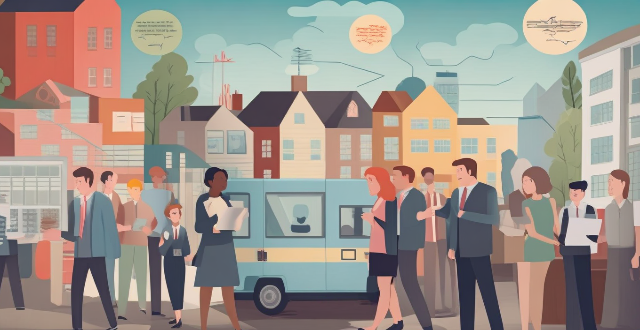People with disabilities face challenges in social inclusion, including accessibility issues, communication barriers, attitudinal barriers, limited educational and employment opportunities, and financial constraints. Addressing these challenges requires a multifaceted approach involving increased awareness, policy changes, improved accessibility standards, and greater support for individuals with disabilities to create a more inclusive environment where everyone has equal opportunities.

Challenges Faced by People with Disabilities in Terms of Social Inclusion
People with disabilities often face significant challenges when it comes to social inclusion. These challenges can be categorized into several key areas:
1. Accessibility Issues
- Physical Barriers: Lack of wheelchair ramps, narrow doorways, and inaccessible public restrooms are common issues that prevent people with physical disabilities from fully participating in community activities.
- Transportation: Limited access to accessible transportation options can make it difficult for individuals with disabilities to attend events or gatherings outside their immediate vicinity.
2. Communication Barriers
- Language and Cultural Differences: For those who have hearing impairments or speech impediments, communication barriers can lead to feelings of isolation and exclusion.
- Technology Gap: Some individuals may not have access to assistive technology devices or may not know how to use them effectively, which can hinder their ability to communicate with others.
3. Attitudinal Barriers
- Stereotyping and Prejudice: Negative attitudes towards people with disabilities can create a hostile environment that discourages social interaction and inclusion.
- Lack of Awareness: Many people without disabilities may not understand the needs and challenges faced by individuals with disabilities, leading to unintentional exclusionary behaviors.
4. Educational and Employment Opportunities
- Limited Access to Education: Special education programs may not be available or adequately funded, preventing students with disabilities from receiving an appropriate education.
- Employment Discrimination: Despite laws prohibiting discrimination against people with disabilities, they still face significant obstacles in finding and retaining employment due to biases and lack of accommodations in the workplace.
5. Financial Constraints
- High Cost of Assistive Devices: The high cost of assistive devices such as wheelchairs, hearing aids, and other adaptive equipment can create financial burdens for families and individuals living with disabilities.
- Reduced Earning Potential: Due to limited educational and employment opportunities, people with disabilities often earn less than their non-disabled counterparts, which can further exacerbate financial difficulties.
In conclusion, addressing these challenges requires a multifaceted approach involving increased awareness, policy changes, improved accessibility standards, and greater support for individuals with disabilities. By working together, society can create a more inclusive environment where everyone has equal opportunities to participate fully in all aspects of life.